Indoor plant care in winter
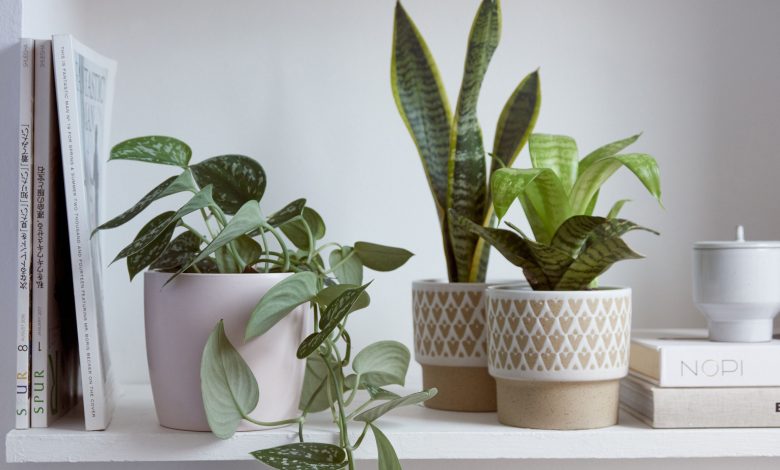
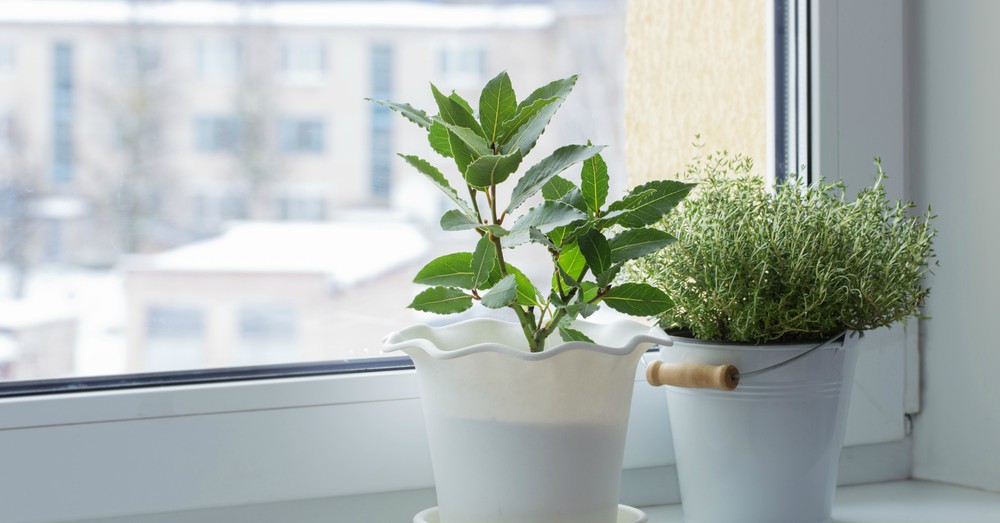
The cold months have all the necessary ingredients to spoil the plants, even when they are indoors. It is a compelling reason for us to pay special attention to the care of indoor plants in winter, and apply them regularly until the arrival of spring.
During the winter months the days are shorter, the outside temperatures are lower and the heaters mitigate the cold outside by heating our homes and, simultaneously, making the environment drier. This plays against the health of our nature; and it forces us to take into consideration some care for indoor plants in winter to ensure that, despite all this, they continue to be healthy and beautiful.
And it is that, despite the fact that during this time of the year many plants stop their vegetative growth, it is also true that their winter health is key: it will depend on it that they sprout correctly when spring arrives.
5 CARE FOR INDOOR PLANTS IN WINTER
Since this family is so wide, it is important to know the needs of the different types of indoor plants that we have at home. It is a good starting point to ensure that during the cold months they are at the temperature they need, with special care for plants of tropical origin; or we give them some pampering that they may need, such as a specific subscription.
But beyond these particularities of each one, the care of indoor plants in winter involves fundamentally controlling five key aspects to avoid any suffering derived from the harshest season of the year.
1. Choose the ideal location for each plant
Winter forces us to reconsider the location of the indoor plants that we can have at home. To begin with, because it is important that during these months we keep them away from any artificial heat source such as radiators. Although the rest of the year they are a fantastic support to have our plants, during the winter they will do nothing but dehydrate them at breakneck speed and even cause death.
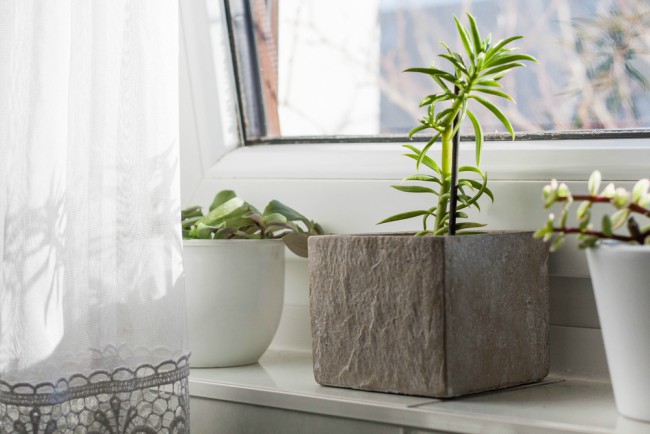
In addition to this, there is another compelling reason why, among the care of indoor plants in winter, we contemplate a change of location. We are referring to light: a scarce commodity during the cold months, which we will have to make the most of, despite the fact that its intensity has nothing to do with the rest of the year. For this reason, we will have to try to locate our indoor plants in the brightest place in the house so that they receive as many hours of sunlight a day as possible. The winter sun is not a problem for plants that do not admit direct light, but it is always advisable to remove them slightly from the front line.
It is also important that, for indoor plants to absorb sunlight, we keep their leaves clean of dust. It is something very common in winter, and it can be negative for them.
Finally, take special care with another aspect: air currents. If under normal conditions they are not at all healthy for indoor plants, even less so in the cold months.
2. Control pests
Although pests are usually a summer thing, there are two unwelcome winter visitors that are especially comfortable on houseplants: spider mites and mealybugs. The environment of a house, hot and dry, is the ideal breeding ground for them to proliferate very quickly, so it is important to regularly review the plant. Checking the condition of its leaves is essential to root out any insect attack.
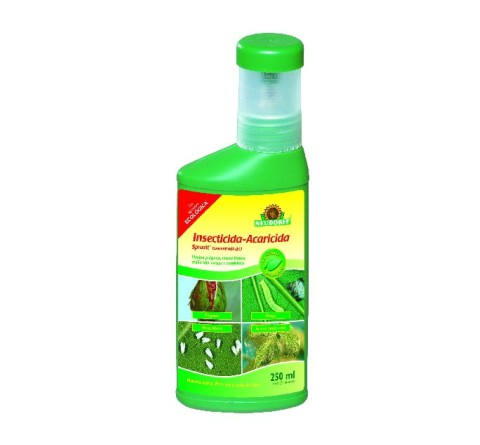
We also have to pay special attention to the appearance of fungal spots on the leaves. Sometimes, if we do not apply the correct watering to indoor plants in winter, they may make their appearance. As with pests, it is important to stop their appearance at the root.
3. Moisturize the environment and reduce risks
As a consequence of the heating, the normal thing in any house or work space during the winter is that the air dries out. Something that humans notice, especially in the nose and eyes; and that the plants notice much more. For this reason, it is important that we try to raise the humidity in our house either by using a humidifier, or by making use of that tradition so common in houses before: placing bowls of water on the radiators.
Added to this, it is interesting to spray water on the leaves of our indoor plants to promote hydration.
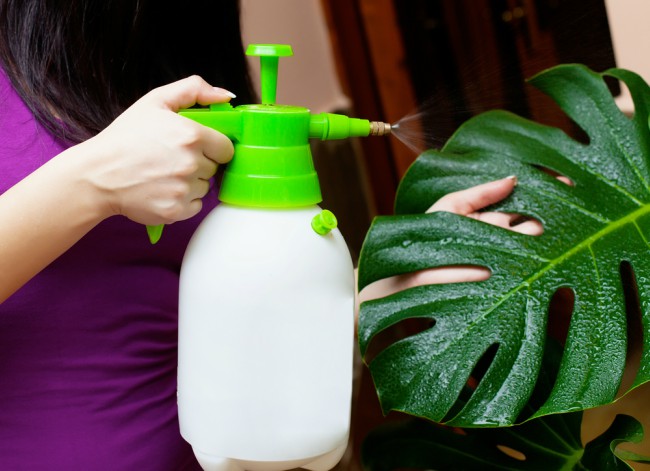
On the other hand, and in the same way that we have to increase the ambient humidity, it is important that we take into account one of the cares for indoor plants in winter in which we tend to get confused: lower the irrigation guideline. Although they need environmental humidity, at this time when they stop their growth they do not need as much water. What’s more: this can be harmful, since the plant has stopped its growth and its absorption of nutrients. Beyond the characteristics of each plant, one watering a week will suffice.
In addition, it is advisable to irrigate with warm water so that the roots of the plant do not suffer a sudden change in temperature with respect to the environment.
4. Fertilize to prepare for spring
We have already mentioned that plants stop growing during the winter and therefore composting does not make much sense at this time of year. However, nowadays it is possible to nourish the plant with specific fertilizers that help the development of the root and nourish it without hindering its rest period.
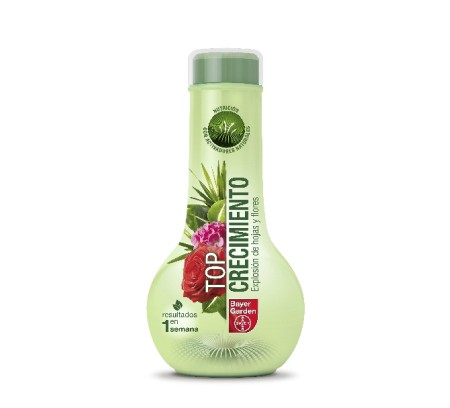
We refer to fertilizers based on algae and with a low concentration of nitrogen. A way, in addition, to make the plant increase its defenses in order to stop pests or fungi that may try to attack it.
5. Transplant to prepare for spring
As part of the care of indoor plants in winter we have to consider transplants. Something that should not be done lightly, but thoroughly reviewing the state of each plant and the space it has to grow. Although winter is not the time to grow, transplanting now will allow the plant to grow properly when the good weather arrives.
Beyond choosing the appropriate types of pots for each plant, it is also time to renew the soil. Something for which knowing how to choose the right substrate for plants is essential.

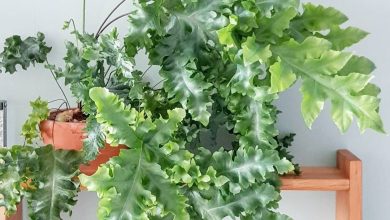
![Photo of Electric Flower: [Cultivation, Care, Irrigation, Substrate and Pests]](https://www.complete-gardening.com/wp-content/uploads/2022/08/electric-flower-cultivation-care-irrigation-substrate-and-pests-390x220.jpg)

